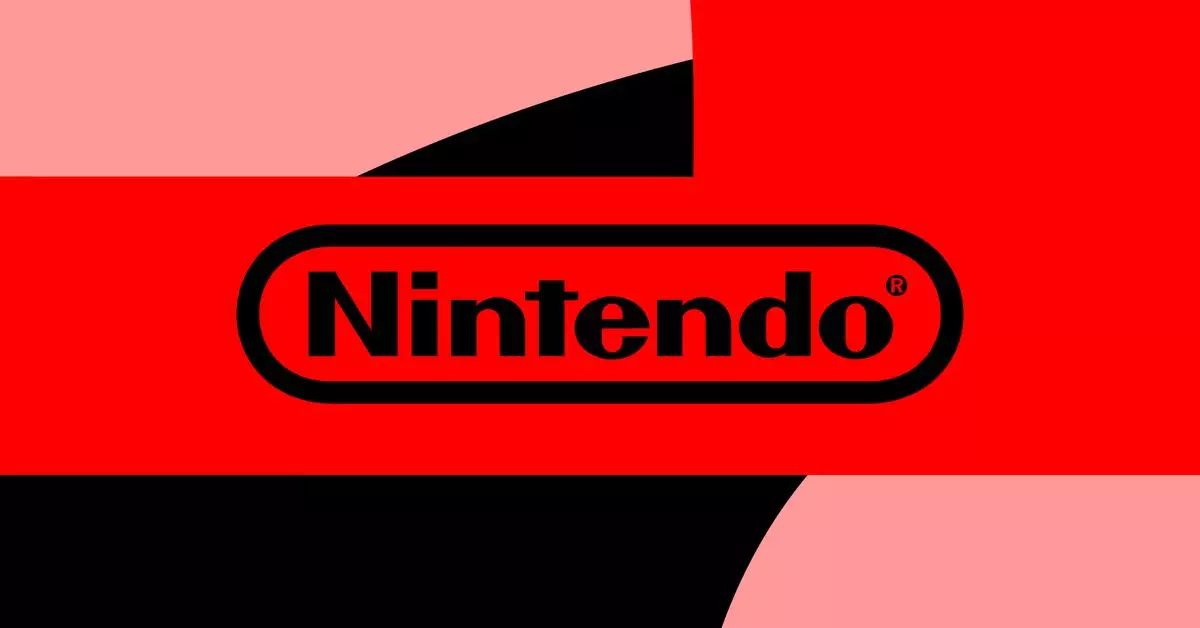Nintendo has once again piqued the curiosity of fans and analysts alike with the recent submission of a novel wireless device to the Federal Communications Commission (FCC). With the seemingly innocuous model number CLO-001, the gaming giant has sparked a whirlwind of speculation and intrigue, particularly because it does not align with expectations surrounding the much-anticipated Switch 2. As we delve deeper into the details of this filing, we will explore the potential implications and applications of this new device, as well as the puzzles it presents.
The model number CLO-001 raises eyebrows predominantly due to its classification as a wireless device, devoid of any direct labeling indicating it as a gaming console or controller. This naming convention suggests that it could represent a new product line, echoing historical patterns observed in Nintendo’s product releases. For instance, previous devices were identified with similar coding, such as the original Switch (HAC-001) and the DS (NTR-001). Yet, the ambiguity surrounding the device serves as a double-edged sword—while it heightens excitement, it simultaneously invites confusion about its actual purpose. Nintendo’s penchant for secrecy only amplifies the intrigue.
The limited specifications available reveal a perplexing picture. The CLO-001 is reported to be a lightweight device that relies on USB-C for power without any battery operation, a deviation from the portable nature typically associated with Nintendo’s offerings. Interestingly, it lacks more advanced wireless capabilities, like 5GHz or 6GHz Wi-Fi and Bluetooth, which further complicates its classification and potential uses. Notably, the device features a 2.4GHz Wi-Fi radio and a 24GHz mmWave sensor—a detail that should capture the attention of enthusiasts and industry insiders.
The inclusion of a 24GHz mmWave sensor introduces an intriguing element ripe for speculation. This technology might enable radar-like capabilities essential for movement detection or gesture tracking. Such functionality could enhance user interaction, allowing a more immersive experience through gestures and proximity-based activations. This possibility aligns well with contemporary trends in technology where gesture control is increasingly integrated into consumer products such as smart home devices and high-end smartphones. For example, the presence sensor technology utilized by Google’s Pixel 4 exemplifies the utility of such an innovation.
Given the scant details available, conjecture around the device’s applications abounds. One leading theory suggests the CLO-001 could serve as a gesture control interface, enabling users to navigate games or experiences with mere hand movements. Alternatively, the device might be an updated docking mechanism for installations at the Super Nintendo World theme parks—facilitating interactions within these immersive environments. Others speculate its potential connection to Nintendo’s previous “Quality of Life” initiative, which aimed at expanding into health-focused technologies.
Moreover, there is a growing belief that the device could integrate augmented reality (AR) features, possibly recognizing real-world objects to enhance gameplay dynamics in burgeoning titles reminiscent of “Mario Kart Live” or a tangible Pokémon Go experience. This ambition would certainly align with Nintendo’s innovative history—leveraging cutting-edge technology to widen the scope of interactive play.
In the absence of conclusive information, the speculation surrounding the CLO-001 continues to burgeon. As we await further insights into this wireless device, it serves as a reminder of Nintendo’s history and reputation for launching groundbreaking technology that disrupts the gaming landscape. With a Switch 2 on the horizon, the timing of this device is particularly noteworthy, opening the door to a plethora of possibilities that could redefine player engagements. Ultimately, only time will unveil the true nature and purpose of the CLO-001, leaving enthusiasts to ponder its implications in the ever-evolving world of gaming technology.

